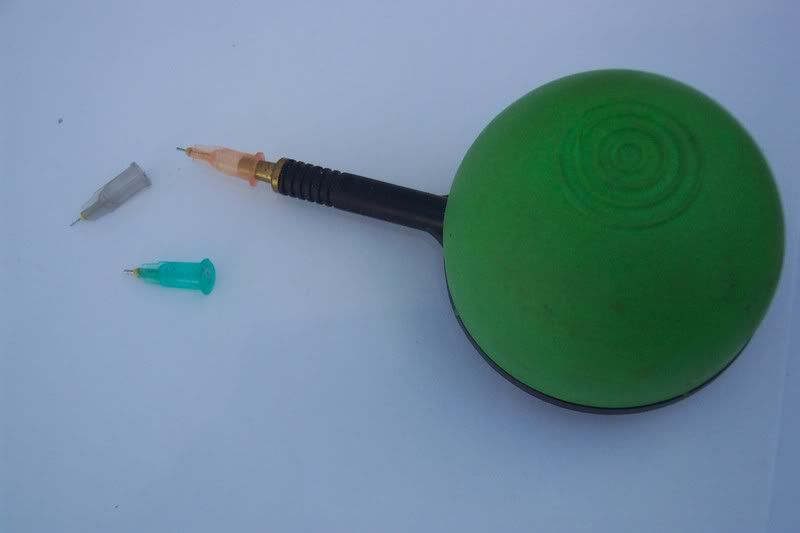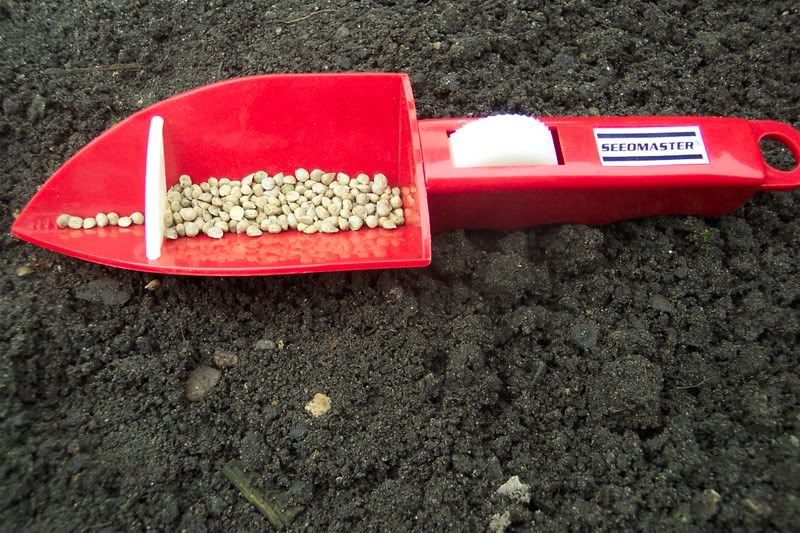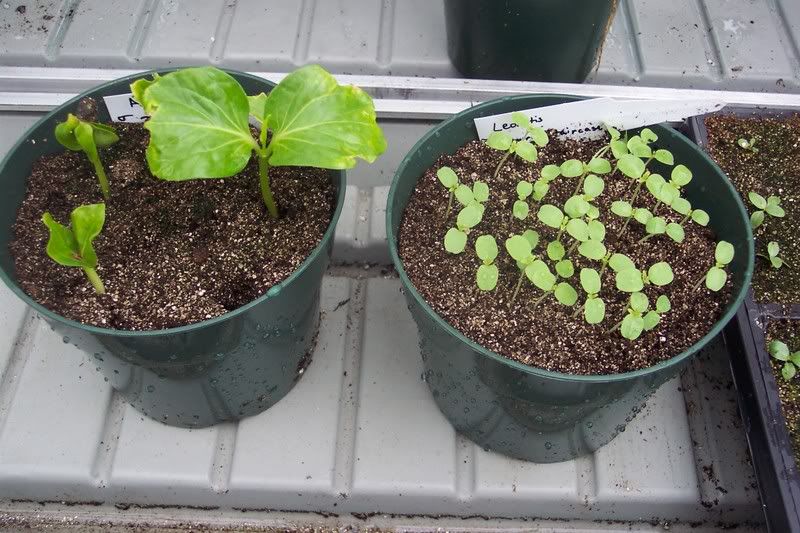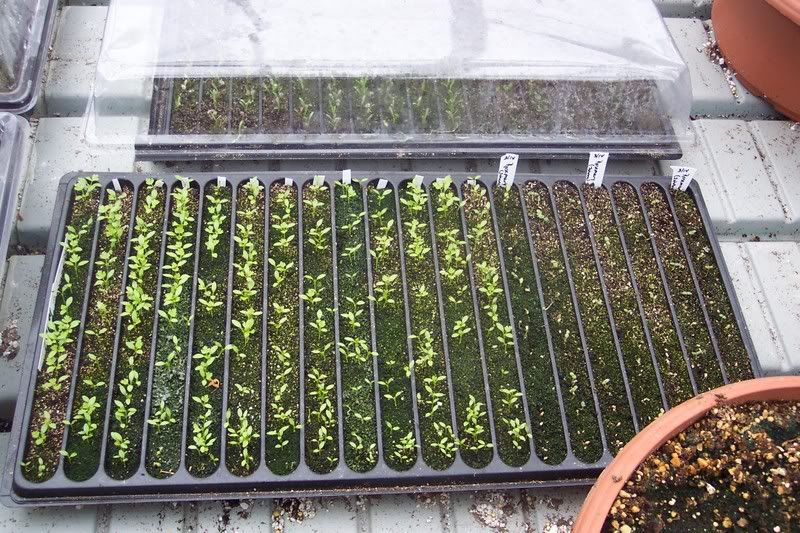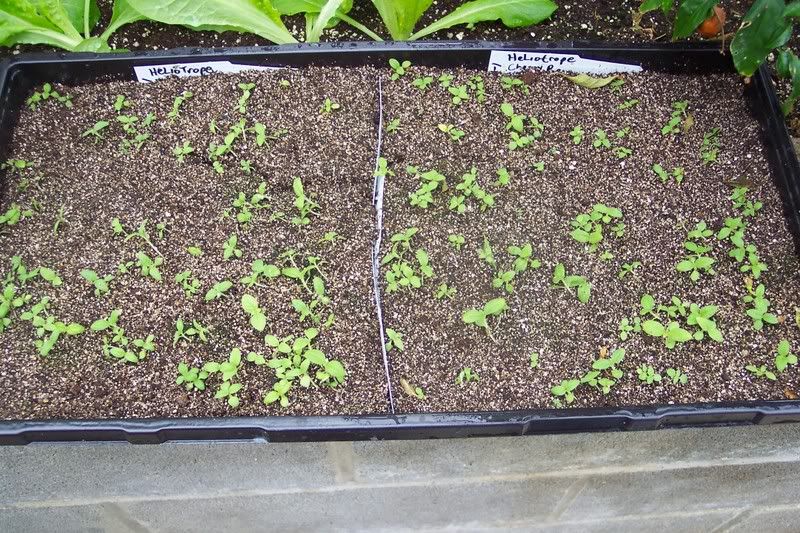We brought out our two Valencia orange trees during the warm spell we had earlier in the week. I figured the really cold weather was behind us for the most part. These trees are about 5 feet tall and are in 18 inch terra-cotta pots.
The two trees are part of an informal experiment I have been conducting over the past two years. They were not kept in a greenhouse or even in the house in front of a south window; instead I put them into our semi-heated garage. They each received some sunlight from a small south window; the size of window you would expect to find in a garage.
The temperature ranged from the upper 30′s F to lower 40′s F through most of the winter. There were a few days when the heat was raised a bit up into the 50 degree F range.
I cut way back on watering. They received water only five or six times during the whole winter. I let the leaves start to wilt before I even thought about watering. Then I watered just enough so the water began to drain out of the bottom of the pots. Neither pot had a saucer under it so they didn’t stand in water. They didn’t get any fertilizer either.
About mid-winter, the trees looked like they went into a kind of semi-dormant state.
Even though the trees seemed to be hibernating, the oranges that were on the tree last fall turned orange and ripened. The fruit didn’t get much bigger which is no surprise considering the lack of water.
Last night it got down to 33 degrees F and I left the oranges outside. They looked perfectly fine this morning; they are used to the cool temperatures.
This is a good way to keep trees like these over winter if you are short on space in your house. You don’t have room in the garage either? … well I can’t help you there.
Bob

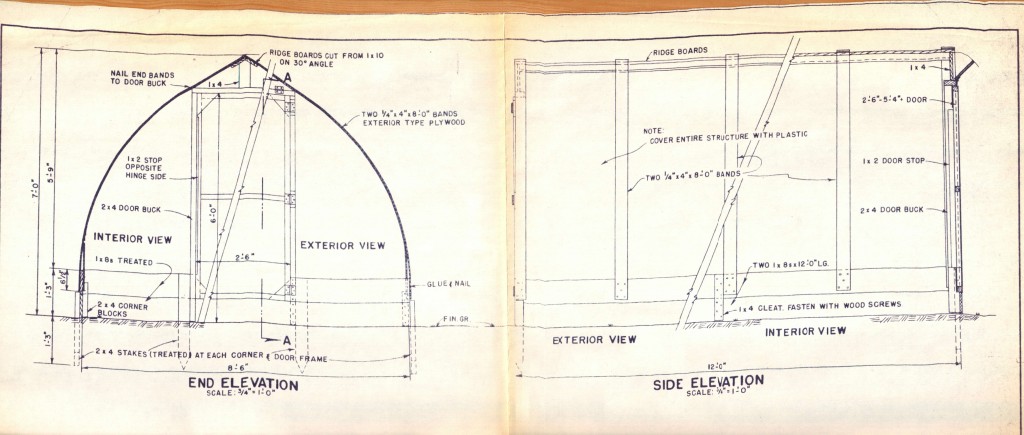
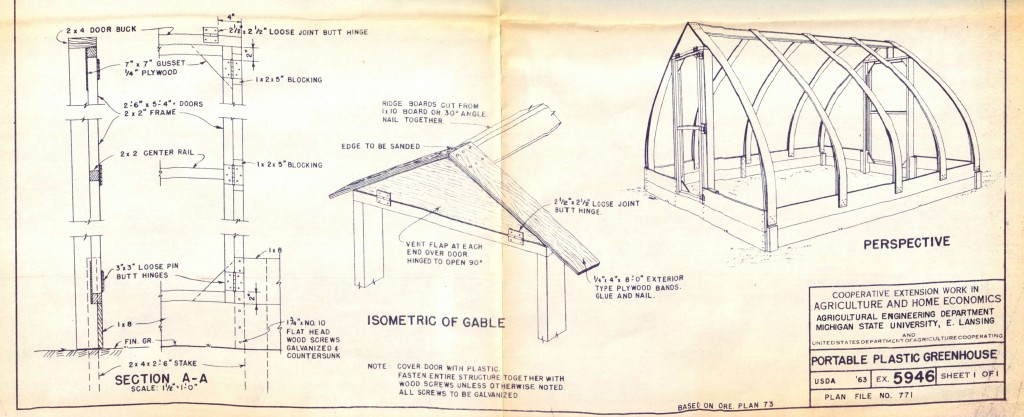
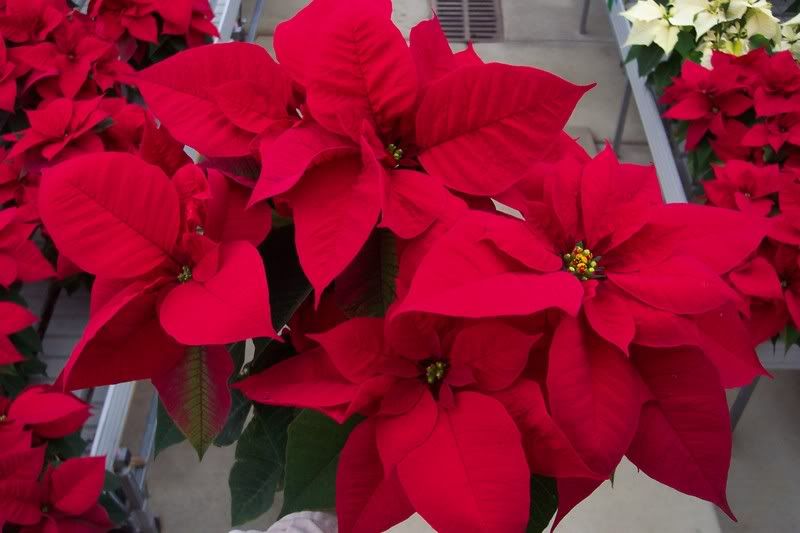
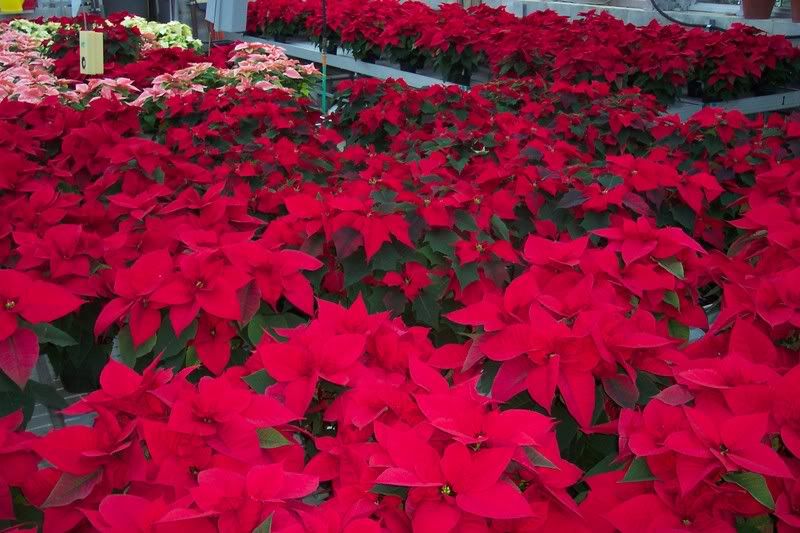

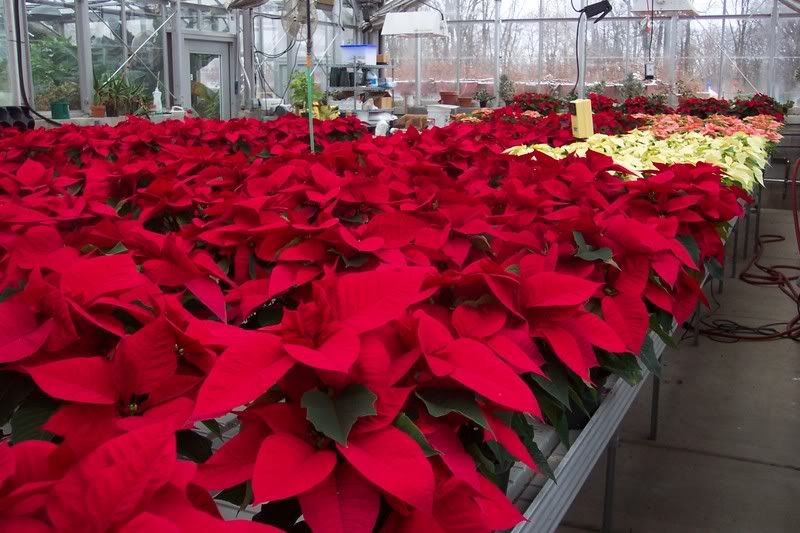

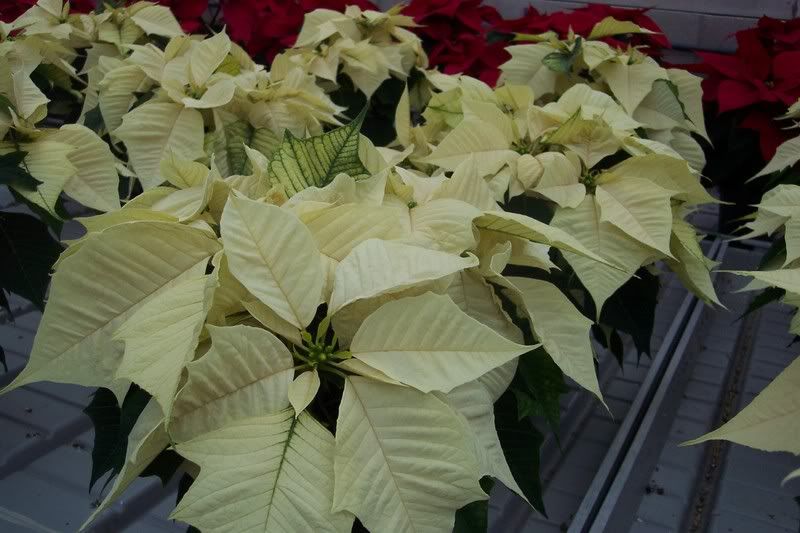
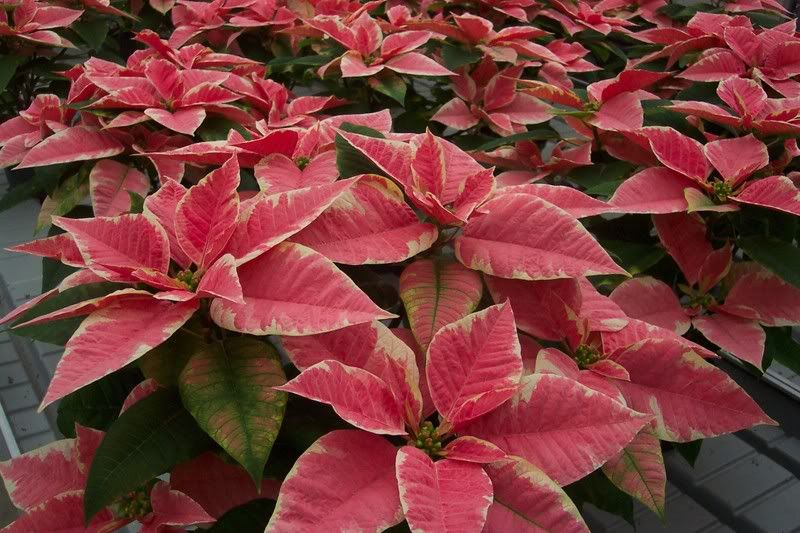
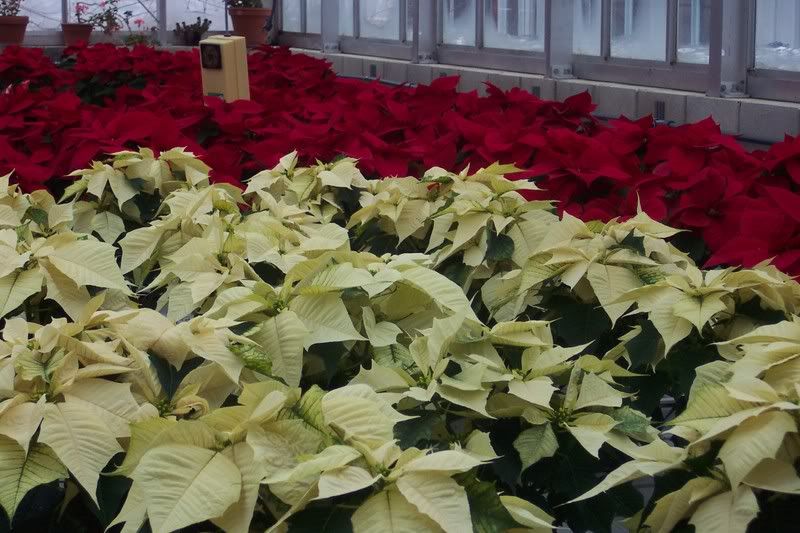 of Almost all of our Poinsettias are grown in 6″ pots, except for a couple dozen 10″ pots.
of Almost all of our Poinsettias are grown in 6″ pots, except for a couple dozen 10″ pots.
